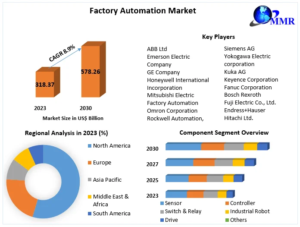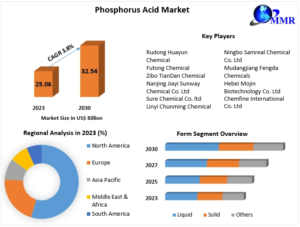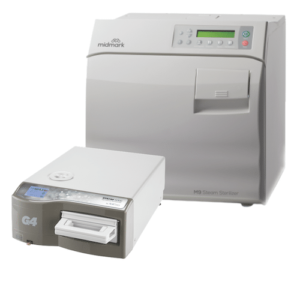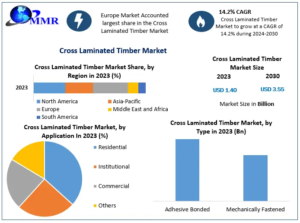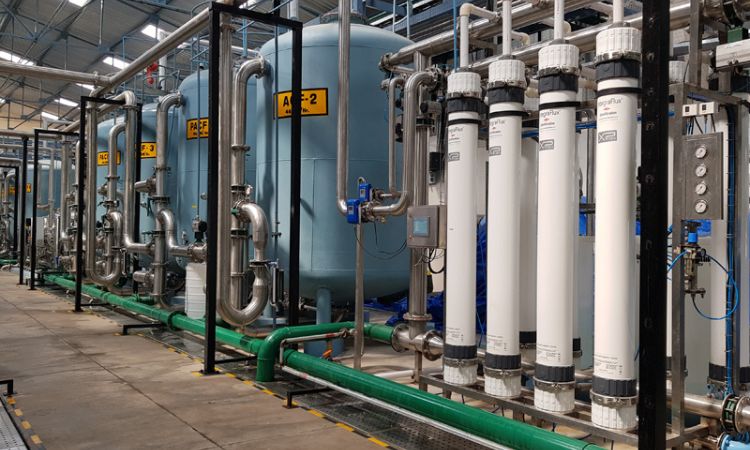
Ultrafiltration (UF) is an advanced filtration process that plays a crucial role in purifying liquids and separating particles at the molecular level. As industries strive for greater efficiency and safety, the demand for ultrafiltration technology continues to rise. The global ultrafiltration market size reached a value of around USD 2.02 billion in 2023. The market is further expected to grow at a CAGR of 13.9% between 2024 and 2032, reaching a value of around USD 6.50 billion by 2032. This post delves into the market’s dynamics, exploring its segmentation, regional insights, competitive landscape, and future outlook.
1. Market Overview
Ultrafiltration is a membrane filtration process that operates at a pressure gradient, allowing water and small molecules to pass through while retaining larger particles such as bacteria, proteins, and colloids. This technology is integral in various sectors, including municipal water treatment, food and beverage processing, and pharmaceuticals, where quality and safety are paramount.
The ultrafiltration market is driven by several factors, including increasing concerns over water quality, rising industrial pollution, and stringent regulatory frameworks governing water treatment and food safety. As businesses recognize the advantages of adopting advanced filtration systems, the market is poised for significant growth over the next decade.
2. Market Segmentation
A. By Material Type
1. Polymer: Polymer membranes dominate the ultrafiltration market due to their versatility, cost-effectiveness, and ease of use. Made from materials such as polyethersulfone (PES) and polyvinylidene fluoride (PVDF), polymer membranes are widely used in various applications. Their advantages include high permeability and chemical resistance, making them suitable for diverse industries, from municipal water treatment to food processing.
2. Ceramic: Ceramic membranes, although less common, are gaining traction due to their durability and resistance to extreme temperatures and pH levels. These membranes offer superior filtration performance, making them ideal for applications in the pharmaceutical and food and beverage industries, where purity is critical. The higher initial cost of ceramic membranes is often offset by their longevity and reduced maintenance costs.
B. By Product Type
1. Hollow Fiber: Hollow fiber membranes are widely recognized for their high surface area and efficiency in filtration. They are particularly popular in water treatment applications, where they help remove contaminants while minimizing fouling. The hollow fiber segment is expected to witness substantial growth, driven by innovations that enhance their performance and durability.
2. Plate and Frame: Plate and frame ultrafiltration systems are characterized by their modular design, allowing for easy maintenance and scalability. They are commonly used in industrial applications, particularly in the food and beverage sector, for processes such as juice and beer clarification. This product type’s flexibility is a significant growth driver.
3. Tubular: Tubular membranes are designed for high-viscosity applications, making them suitable for industries such as wastewater treatment and food processing. Their design facilitates easy cleaning and maintenance, which is crucial in maintaining operational efficiency. The tubular segment is expected to see increased demand as industries seek reliable filtration solutions.
C. By Application
1. Municipal Water Treatment: As urban populations grow, the demand for clean and safe drinking water intensifies. Ultrafiltration plays a vital role in municipal water treatment by removing harmful pathogens and contaminants, ensuring that water supply meets health standards. The increasing investment in water infrastructure and treatment facilities is propelling market growth in this segment.
2. Food and Beverage Processing: In the food and beverage sector, ultrafiltration is essential for ensuring product quality and safety. The process helps in concentrating flavors, clarifying juices, and removing impurities. As consumers demand higher quality products and more sustainable practices, the food and beverage processing application is expected to expand significantly.
3. Pharmaceutical Drugs Processing: The pharmaceutical industry requires the highest purity standards, and ultrafiltration is critical in the production of biopharmaceuticals and other drugs. This application ensures the removal of contaminants, proteins, and other unwanted substances. The stringent regulatory environment and growing pharmaceutical sector are key drivers for growth in this area.
4. Others: Additional applications of ultrafiltration technology include industrial processes and wastewater treatment, where it serves to reclaim water and reduce environmental impact. As industries face increasing pressure to adopt sustainable practices, the broader application landscape for ultrafiltration is set to grow.
3. Regional Analysis
The ultrafiltration market exhibits varied dynamics across different regions.
- North America: The region holds a significant share of the market, driven by stringent environmental regulations and advanced water treatment technologies. The presence of key players and ongoing investments in infrastructure further fuel growth.
- Europe: Europe is witnessing increased demand for ultrafiltration systems, particularly in the food and beverage industry. The focus on sustainability and safety standards is propelling market expansion.
- Asia-Pacific: This region is expected to register the highest growth rate, supported by rapid urbanization, industrialization, and a growing population. Countries like China and India are investing heavily in water treatment and food processing, driving demand for ultrafiltration technology.
- Latin America and Middle East & Africa: These regions are gradually recognizing the importance of advanced filtration systems, leading to increased investments in water treatment and industrial processes.
4. Competitive Landscape
The ultrafiltration market is characterized by the presence of several key players, each vying for a share of the expanding market. Companies such as Siemens AG, Koch Membrane Systems, and Pall Corporation lead the way, focusing on innovation and customer-centric solutions. These players are engaging in strategic partnerships, mergers, and acquisitions to enhance their product offerings and expand their market reach.
5. Future Outlook
The ultrafiltration market is set for robust growth, with a projected CAGR of 13.9% from 2024 to 2032. Emerging trends such as the integration of artificial intelligence and IoT in filtration systems are expected to revolutionize the industry, enhancing operational efficiency and monitoring capabilities. However, challenges such as high initial costs and membrane fouling must be addressed to sustain growth.
